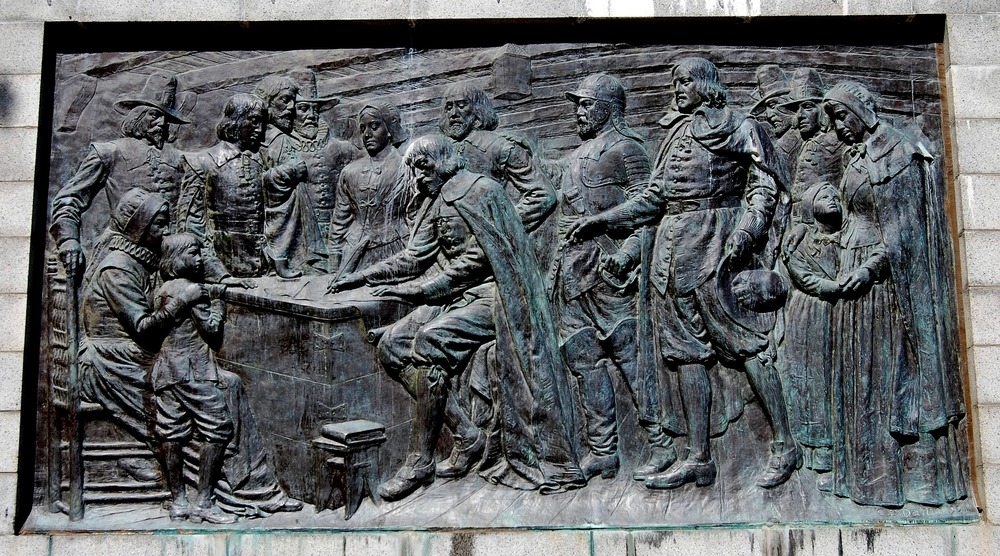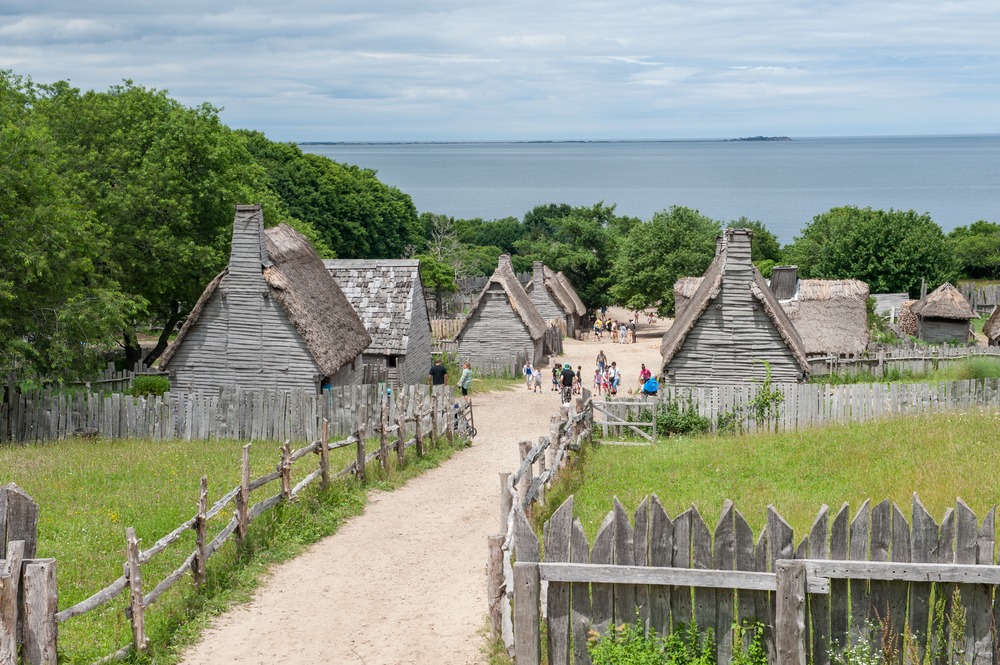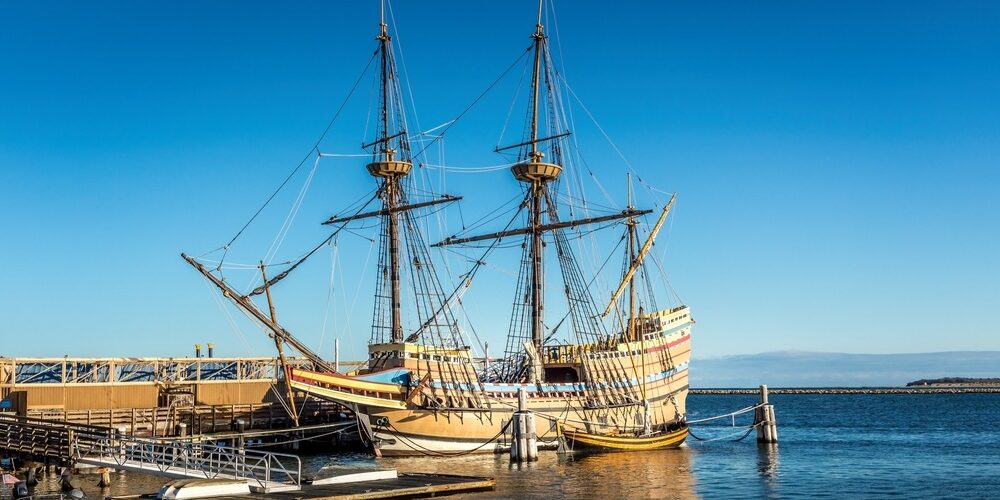Thanksgiving and The History of the Mayflower and our Company
Thanksgiving and the story of the Mayflower are woven into the cultural fabric of America, each offering a glimpse into the country’s early colonial history, resilience, and the shaping of its identity. Thanksgiving today is a celebration of gratitude, family, and togetherness. Yet, beneath the modern festivities lies a rich narrative stretching back to the Pilgrims’ harrowing journey across the Atlantic aboard the Mayflower in 1620.
The Mayflower was a sturdy yet relatively small ship, primarily used for cargo, not passengers. Despite its modest size, it became the vessel for one of the most significant voyages in American history. This ship carried 102 passengers—men, women, and children—who left England in search of religious freedom, economic opportunities, and a chance to build new lives away from the political and religious tensions back home. These passengers, later known as the Pilgrims, faced more than two months of rough seas, cramped quarters, and disease as they sailed to an unknown land. Their journey was filled with hardship, from limited food and drinkable water to the threat of storms, seasickness, and disputes onboard. Yet, the Pilgrims and crew forged ahead, united by their hopes for a better future.
Mayflower Compact
Upon arriving at the shores of what is now Provincetown Harbor on November 11, 1620, the Mayflower’s passengers faced another set of challenges. They had arrived too late in the year to start planting crops, the bitter cold of winter was setting in, and they were without established shelter. Despite these obstacles, they were determined to lay down roots in the unfamiliar landscape. Realizing that they were outside the boundaries of the Virginia Company’s charter, which had granted them permission to settle further south, the Pilgrims created a social contract to maintain order and establish governance within the group. Known as the Mayflower Compact, this document set forth a basic legal structure and principles of self-governance. All adult men on the ship signed it, pledging to abide by laws that would benefit the entire community. This commitment to democracy and mutual aid would later be recognized as a cornerstone in American political ideals.

The first winter proved devastating. Ill-equipped for the harsh conditions, nearly half of the original Mayflower passengers perished from exposure, malnutrition, and illness. Those who survived endured through sheer determination and a growing reliance on one another. The arrival of spring brought a glimmer of hope, as the Pilgrims began to build their settlement with the help of local Native American tribes. Among the Native Americans who aided the Pilgrims was a member of the Wampanoag tribe, Squanto, who taught the Pilgrims vital agricultural techniques, including how to plant corn, fish, and harvest other essential crops. Squanto’s guidance proved crucial, as these skills were foreign to the newcomers, who had to adapt to the region’s unique environment.
Plymouth Settlement
By the fall of 1621, the Pilgrims had successfully harvested their first crops, a sign of their endurance and a promising start to their new lives in Plymouth. To commemorate their survival and give thanks for the bountiful harvest, the Pilgrims, along with members of the Wampanoag tribe, came together for a feast that would become known as the first Thanksgiving. The exact details of this gathering are largely unknown, but it is believed to have spanned three days of feasting, games, and mutual respect between the two groups. The menu differed significantly from today’s Thanksgiving meals; it likely included venison, wild fowl, fish, native fruits, and vegetables rather than turkey, cranberry sauce, or pumpkin pie. Many of our customers have toured this national treasure on the New England Rails and Sails Tour.

The Thanksgiving celebration held by the Pilgrims and the Wampanoag was not an annual event initially, nor was it associated with the modern concept of Thanksgiving. However, it set a precedent that would gradually evolve. Thanksgiving gained popularity over the centuries, with various leaders, including George Washington, recognizing days of thanks during the country’s early years. The concept of a national Thanksgiving holiday began to solidify during the Civil War when President Abraham Lincoln, hoping to unite the nation, declared Thanksgiving a national holiday in 1863. By establishing the holiday, Lincoln sought to encourage gratitude amidst one of the most challenging periods in American history.
Today, Thanksgiving remains a cherished holiday that transcends its historical origins, celebrated by diverse communities across the United States. The story of the Mayflower and the Pilgrims’ journey serves as a reminder of resilience, cooperation, and gratitude. It symbolizes the enduring legacy of courage and the power of communities coming together, even in the most challenging circumstances. Thanksgiving has since evolved, yet its roots in the Pilgrims’ narrative remind us that gratitude and perseverance are as relevant now as they were on that cold November shore so many centuries ago.

The Mayflower Way
In 1979, John and Mary Stachnik started Mayflower Tours with the company named as a tribute to the many tours to the historic northeast. The entire culture and charm of Mayflower Cruises and Tours is grounded in the history of people and bringing them together. The symbolism of the Mayflower Compact, the gathering of people and sharing of their cultures and experience is the foundation of the Mayflower Cruises and Tours culture.


































